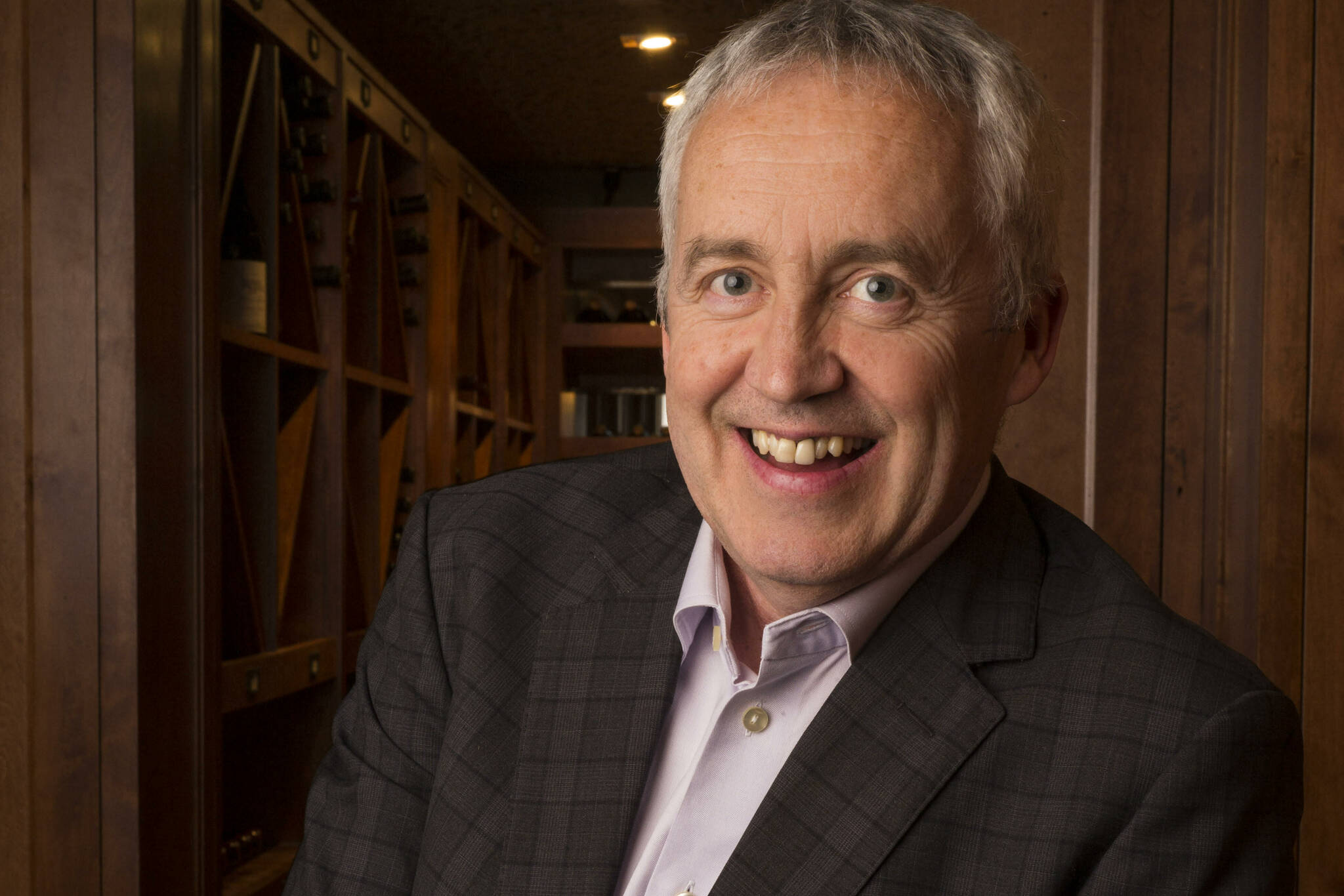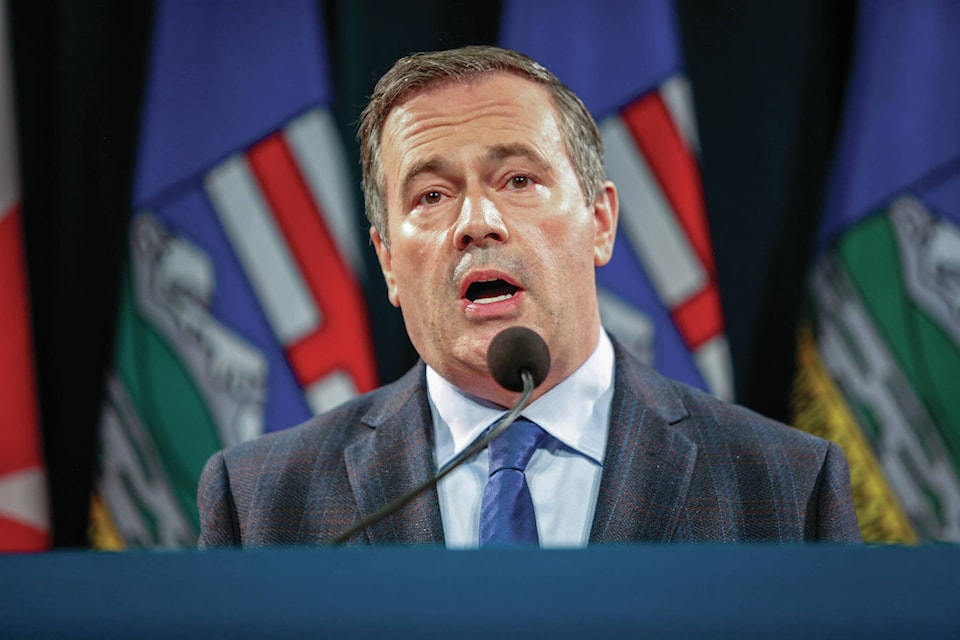By Bruce Cameron, Black Press Political Affairs Columnist
Next door in Premier Jason Kenney’s Alberta, where his besieged United Conservative Party trails Rachel Notley’s NDP in the polls by 15-20 points, his small base of stalwart fans (about one in five Albertans) are counting on creating a battle with the federal government over equalization payments to restore some political momentum. The question is, will British Columbia, or any other province, join with Alberta to open that constitutional can of worms?
Equalization payments have often been used to incite political anger in Canada, but they lie at the heart of the federation and the separation of powers between the federal government and provincial governments.
The amounts are massive. Each year over $100 billion is distributed from the federal government back to the provinces, with about 80 per cent in the form of dedicated transfer payments in healthcare and social programs, and just over $20 billion in so-called equalization payments, designed to offset comparative lack of resources in one region (the “have-nots”) by making the more prosperous regions (the “haves”) pay more into the collective pot.
Alberta and B.C. have traditionally been “have” provinces. The “have-not” provinces have included Quebec, most of the Atlantic region (except Newfoundland once it started exploiting its oil resources), Manitoba, and, for the first time in Canadian history, Ontario from 2010-2018. While complaints about how much money Ottawa takes out of the province are rarely heard in B.C., there is a long history of indignation in Alberta.
The Alberta government recently added what the UCP called a vote for “fairness” onto municipal ballots. Seems 62 per cent of Albertans agreed with Kenney that Alberta deserves to be treated more fairly with respect to equalization payments. However, the low municipal voter turnout rate of about 30 per cent means less than one in four Albertans actually voted to send a message to Ottawa.
But let’s not allow facts to get in the way of a good emotional showdown with the federal government. Putting aside the fact the Canadian military stepped in to help overwhelmed Alberta hospitals during the pandemic, Kenney is demanding more “fairness” in his fight with Ottawa. Ironically, he is also in the fight of his political life at home to hold onto leadership of the united conservative movement he created.

So, what does B.C. potentially have to gain in any fight over equalization? There is a lot at stake, but the odds of achieving anything meaningful are slimmer than the chance of an Alberta or BC NHL team winning the Stanley Cup. To make any significant change to equalization payments requires at least seven provinces representing 50 per cent of the population to say yes. That means one or both of Quebec and Ontario. Slim chance indeed.
Perhaps what lies at the heart of Alberta opposition to equalization payments is the point made by Stephen Carter, a progressive political organizer in Alberta: “All taxation is equalization. Those who have more should pay more. Simple.”
The lack of concern about equalization in B.C. is certainly indicative of a different political culture here. But it is not merely the willingness to pay more because we have more. British Columbians are less focused on bashing Ottawa because we have more influence on shaping federal policy than Alberta.
British Columbia has evolved into a multi-party battleground, whereas Alberta has largely remained a monolithic conservative bastion. Just look at British Columbia’s newly appointed federal cabinet members. Harjit Sajan is now minister of International Development and the Pacific Economic Development agency. Jonathan Wilkinson has moved over to the powerful post of Natural Resources minister. Joyce Murray becomes minister of Fisheries, Oceans and Coast Guard, and Carla Qualtrough retains her important portfolio of Employment, Workforce, Development and Disability Inclusion.
Why bite into the bitter apple of a doomed squabble over transfer payments, when there is real federal money to spend, here and now?
Bruce Cameron has been a pollster and strategist for over 35 years, working initially for Gallup Polls, Decima Research and the Angus Reid Group before founding his own consultancy, Return On Insight.
Like us on and follow us on .
Want to support local journalism? Make a donation



